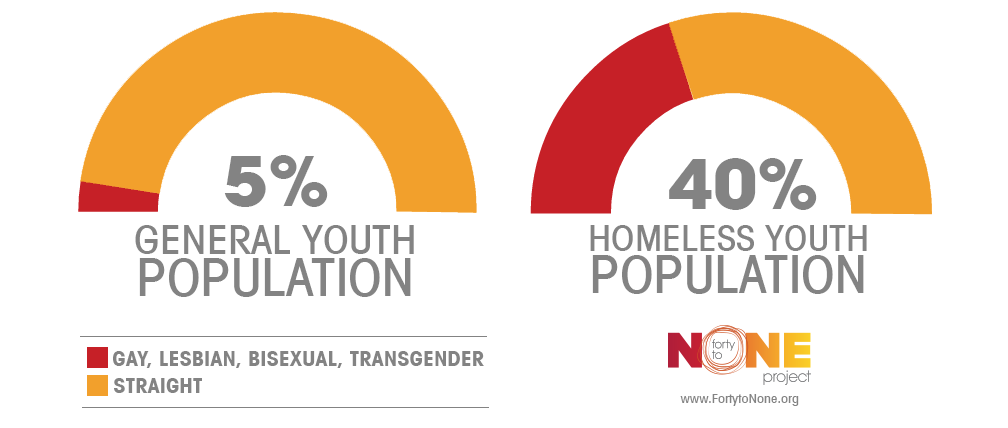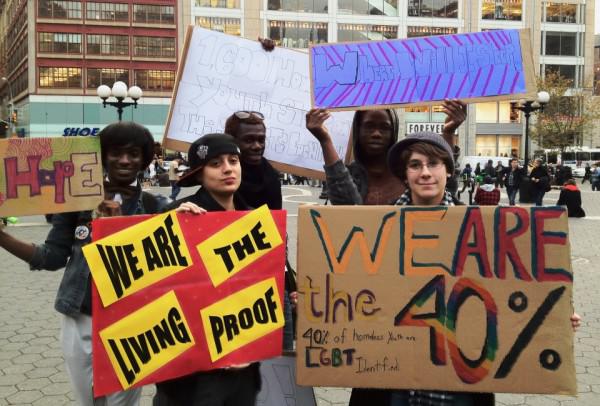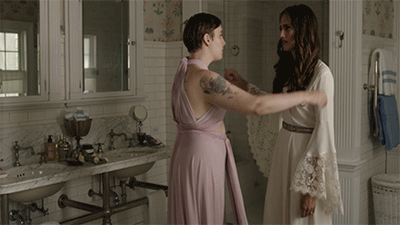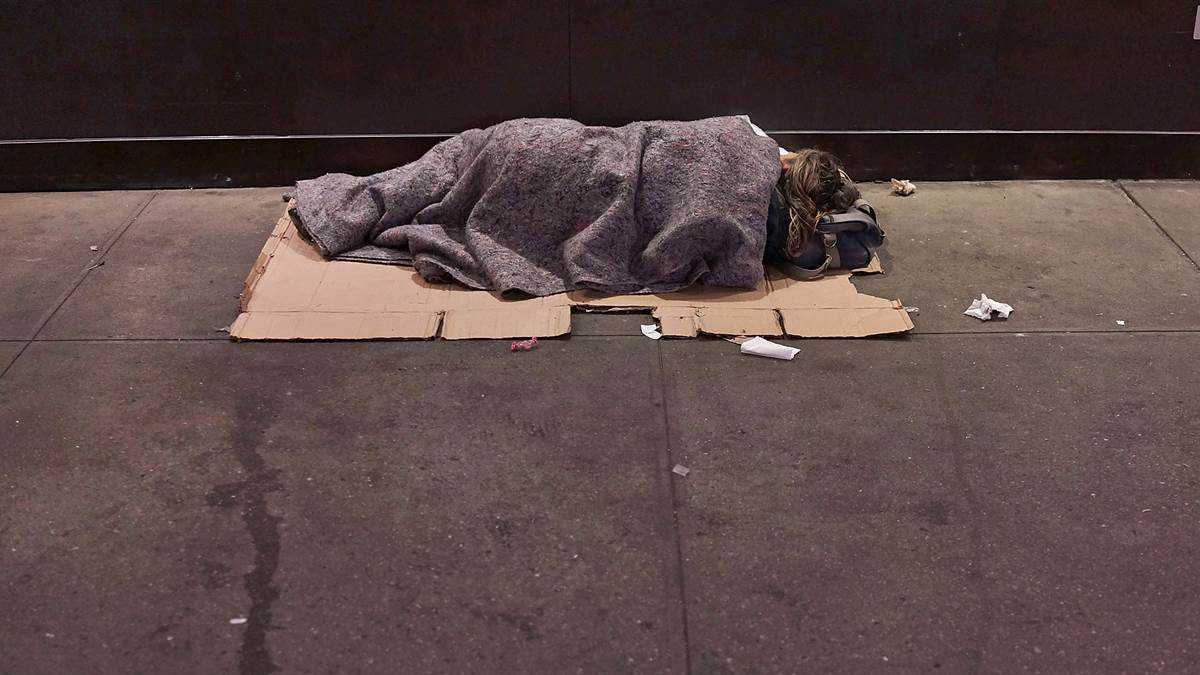We Need To Talk About Being Queer And Homeless
By Cameron Colwell
The difficulty in writing an article about queer homelessness comes in the fact that, though I believe it is a definitive Thing, statistics on the phenomenon haven’t been adequately gathered.
What we do know is that, in countries like the US and UK, queer people account for something around a third, depending on where you check, of the young homeless population. In Australia, we have the estimate that 25% of young homeless people are ‘gay or lesbian’, from the report ‘Violence, Bullying, Harassment, and Homelessness.’
We also know that homelessness is associated with the mentally ill, and (obviously) the poor, two other groups where queer people are disproportionately represented.

There’s a pretty fair chance that most LGBTI people who are active participants in queer communities know someone, or know someone who knows someone, who has been kicked or nudged out of their home because of their sexuality or gender identity. I write ‘nudged’ because one of the people I can think of who have been displaced from their homes due to queerphobia, wasn’t explicitly kicked out, but moved in with an aunt because of constant homophobic aggression from a stepmother: Saying ‘kicked out’ lacks the nuance, I think, in a lot of queer experience of people who find themselves in precarious or economically nonviable housing situations as an alternative to an abusive home environment.
If this disproportionate rate of queer homelessness didn’t exist, there wouldn’t be a pattern of community response to the issue.
Here I’m talking about organisations such as Twenty10, who manage crisis housing for queer young people. There’s also the phenomenon of groups like Queer Housing Sydney, which aim to provide affordable, queer-friendly housing.
I spoke to Okapi Neon, its creator, who very graciously answered a few questions for me on the issue.

What compelled you to create the group?
I started the Queer Housing group when I was on yet another search for a new home. I had been a member of queer housing groups in New York and Montreal so I did a search on Facebook and realised Sydney didn’t have one yet. It wasn’t an original idea, I just decided to fill the gap and I am sure someone else would’ve done it sooner or later.
What was the specific problems you were trying to target?
I think a lot of LGBTIQ people, like myself, have a integral need for safe and accessible housing. Housing is such an intimate space, one where we rest and recuperate from the outside world, so for me its always important knowing that that is a safe space where I will be respected and supported for who I am. I think people also like to find other members of the community to create nurturing home spaces with. Queers, often out of necessity, create our own versions of family and family homes to grow in.
What kind of situations create the need for pages such as yours?
Many young people are either choosing to or are forced to leave their family homes due to discrimination or abuse around their identities and sexuality. People, like myself, move from smaller country towns to bigger cities to find community and acceptance. Queer Housing Sydney also lists some of the community services that can also provide support with housing, especially with crisis housing. The page has also been a space where people can reach out for temporary or crisis housing if their current housing situation because too stressful or unsafe. The amount of community support and love shown to others in need is really beautiful and makes me so happy that we can create a platform like this to support each other.

Okapi’s comments resonate deeply with me, and back up some of the hunches that I have about the issue of the queer housing situation. I also know friends in same-sex relationships who have been turned away from housing on a landlord’s discovery of the nature of their relationship. Without leaning on stereotypes too heavily, I suspect this has something to do with the fact that most people who can afford to rent out property are older, and therefore have been raised in a less progressive time.
Additionally, there are certainly a number of queer young people who remain in the closet for fear of their parent’s kicking them out, and the issue that, once they are kicked out, trans people specifically may find it difficult to find crisis accommodation, either because they are turned down or, for example, they are a trans woman but might not be given access to a women’s shelter.
Of course, it’s difficult to examine these concepts too closely, as they are hard to quantify with statistics, with homeless shelters only recently tossing up the idea of asking patients about their sexuality and gender identity — While it may seem intrusive, finding these numbers will make it easier to justify funding for homelessness relief specifically for queer people.
While I can’t grip the details, I still believe there is a strong call for crisis housing organisations and similar to be better-equipped for the shelter of homeless people, of all gender identities and sexualities. What we have here, I suspect, is an invisible crisis.

